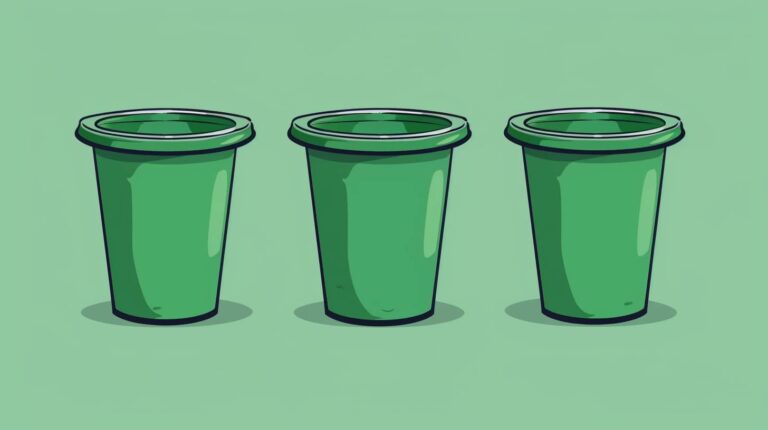Do Keurig K-Cups Expire? (And What Happens When they Do)
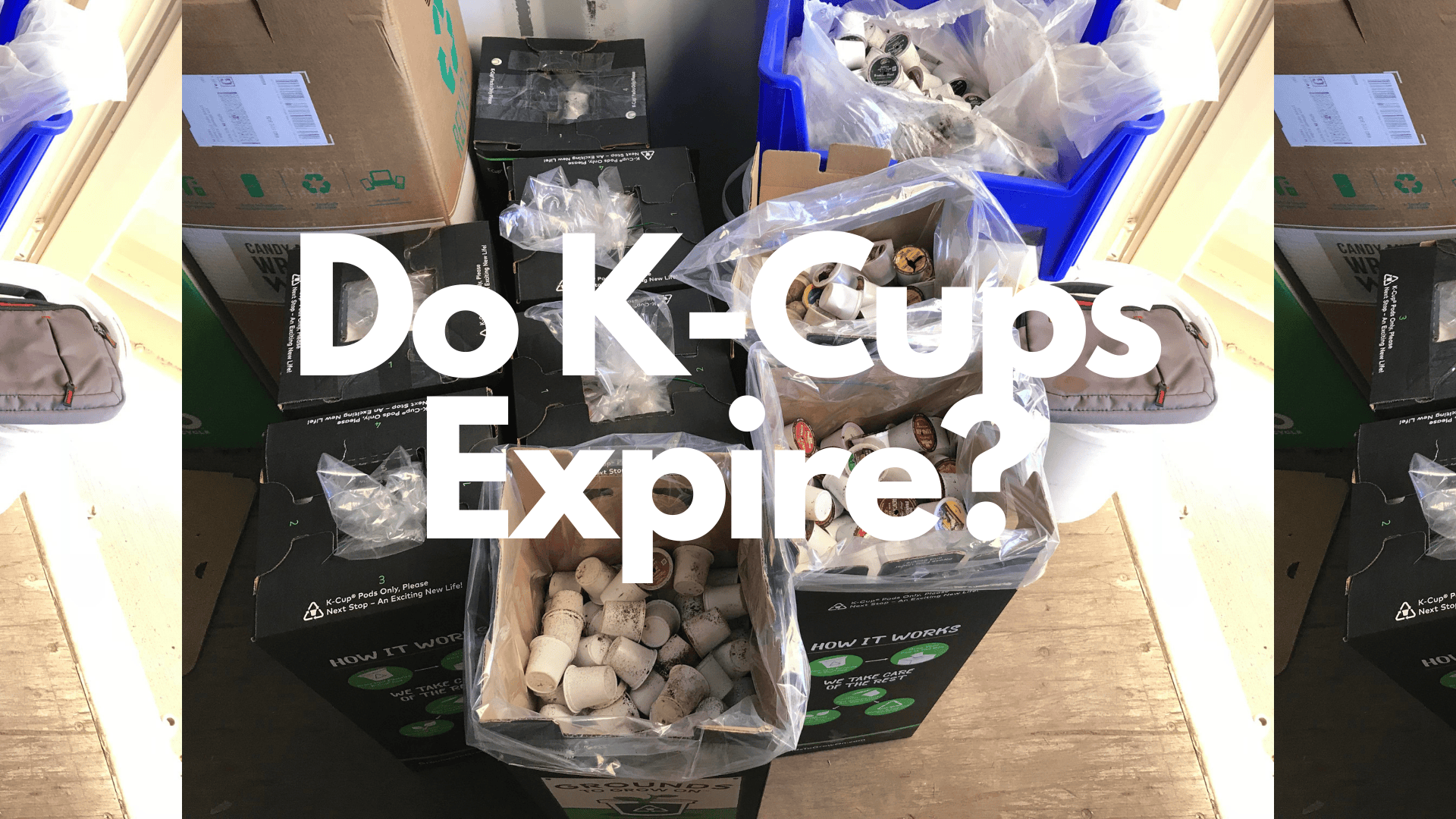
Coffee drinkers around the U.S. have embraced the convenience and variety offered by Keurig’s single-serve K-Cups.
But as you look into your kitchen cabinet and find a K-Cup from months-years ago, you’ve probably asked yourself: do these coffee K cups expire? And can I still drink from them if they do?
Keurig K-Cups do have an expiration date, but that does not mean that the coffee inside will be unsafe to drink after this date. The date on the package tells you how long the coffee will taste best, but as long as they have remained dry and unpunctured there should be no mold or bacteria developed inside.
There’s more to it than just the date stamped on the box. The way K-Cups are packaged and stored plays a significant role in how long they remain at their peak. We’ll learn the specifics with you in the rest of this article.
Article Contents
- Do Keurig K-Cups Expire?
- What Happens if I Drink an Expired K-Cup?
- How Long Past Expiration Do K-Cups Last?
- Which Keurig K-Cups Last the Longest?
- Can I Drink a 2-Year-Old Keurig K-Cup?
- What Can I Do With Unused K-Cups?
Do Keurig K-Cups Expire?
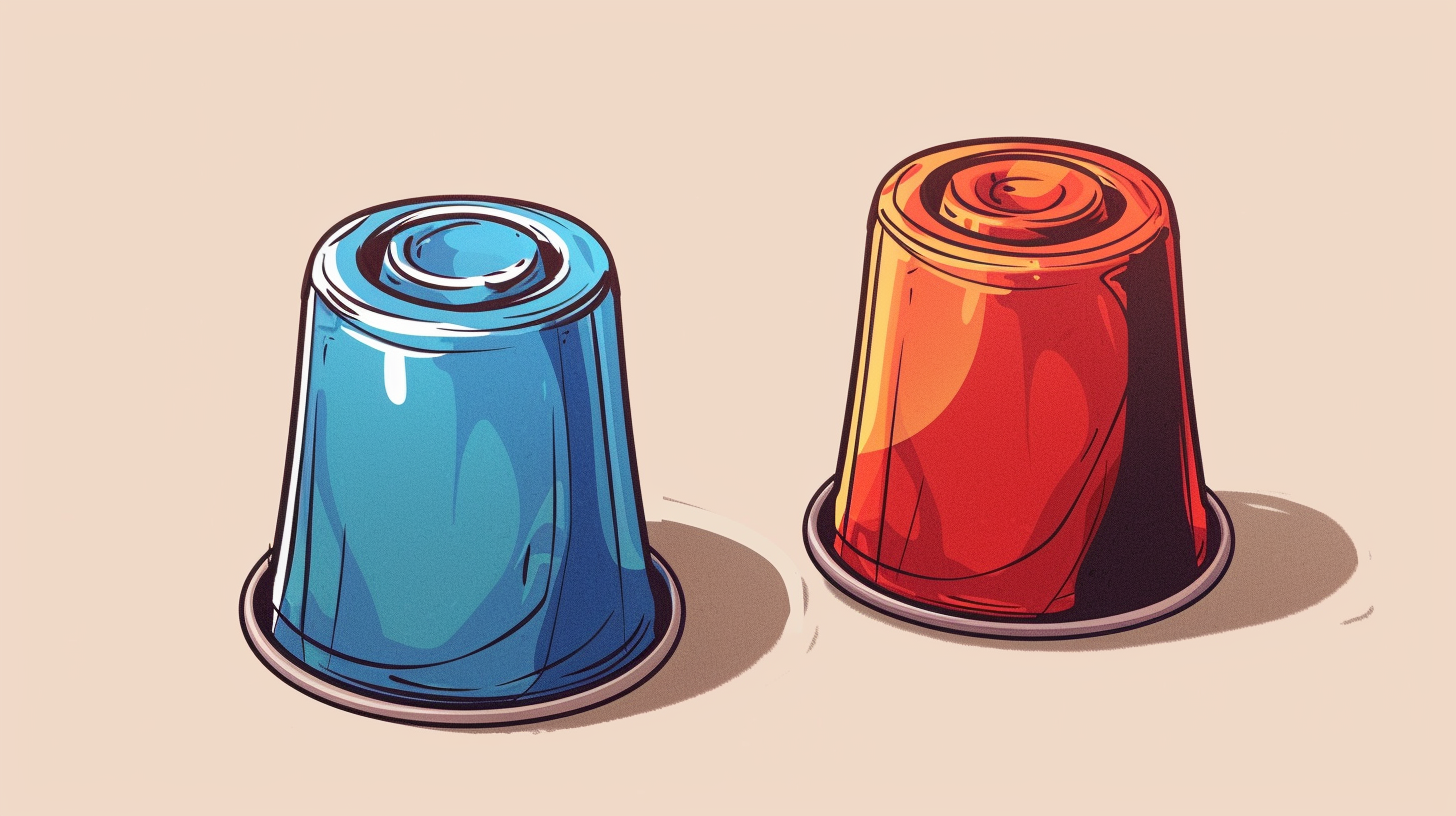

Absolutely, Keurig K-Cups do expire. Every K-Cup has an expiration date stamped somewhere on its packaging. This is time when the coffee loses its peak flavor and freshness.
The manufacturers have done their homework, testing and tasting, to pinpoint that sweet spot where you’ll get the best cup of coffee from that tiny pod.
This is because coffee is like any food: the fresher the better. Generally, the best tasting coffee is one made with beans that have been roasted and ground very recently, and not sitting on a shelf for weeks to months.
However, let’s be real: Life gets busy. And sometimes those K-Cups get pushed to the back of the cupboard. Or, if you’re like me, you do a cupboard cleanout once a year or so and find all types of goodies stashed in the back, including previously lost K-Cups.
If you happen to rediscover an old K-Cup past its expiration date, it’s not the end of the world. Using it won’t be harmful; the flavor might just be a little less impressive compared to a fresher pod.
Related: How to make better coffee with reusable k cups
What Happens if I Drink an Expired K-Cup?
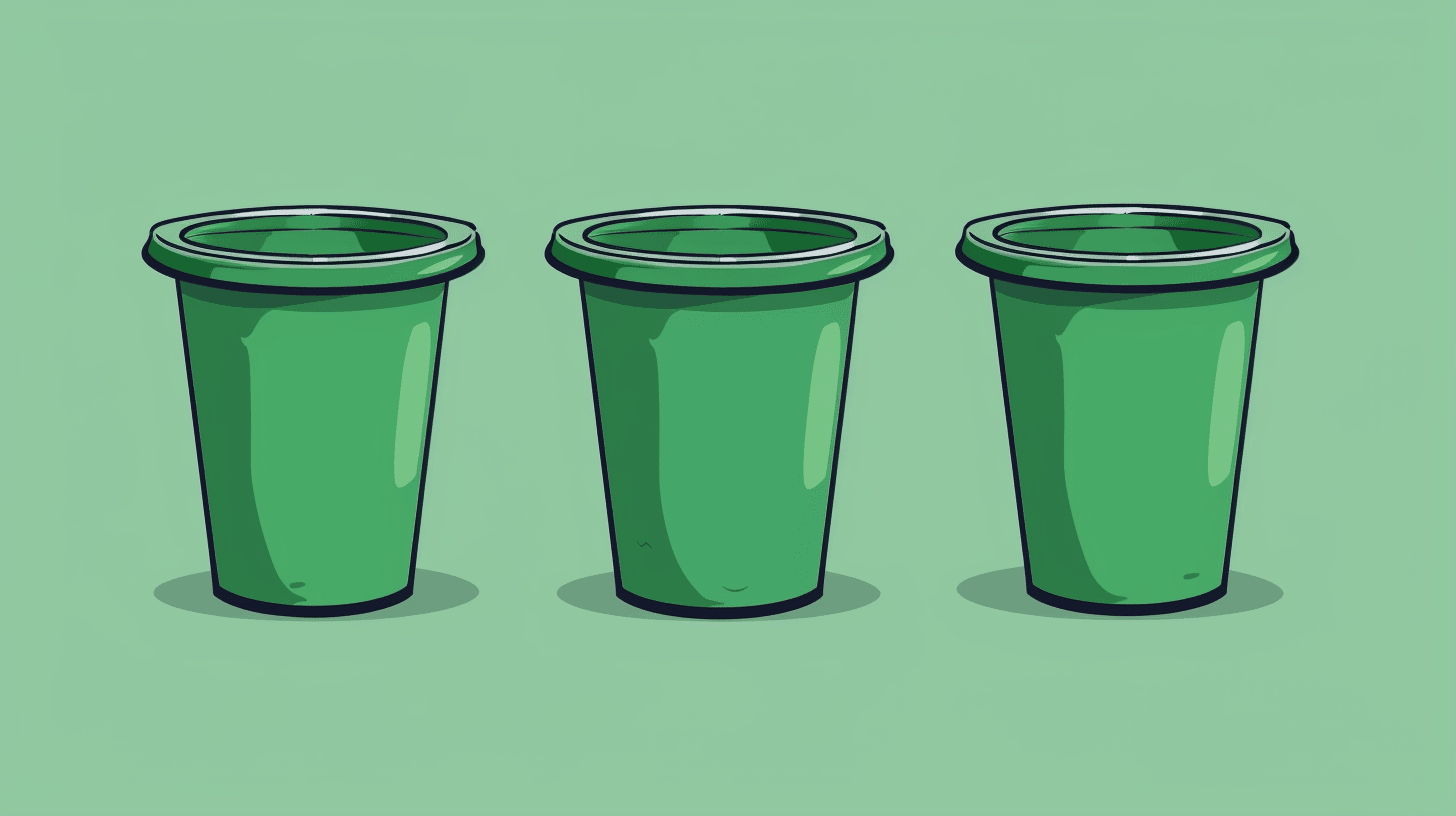

You may have decided to drink from an old pod that had been hiding in the back of the pantry. So, what actually happens if you drink from an expired K-cup?
The expiration date on a K-Cup is primarily an indication of the best flavor and freshness. The makers of these little pods want to make sure that when you press the brew button, you get a cup that is as close to their intended taste profile as possible.
The natural oils inside coffee beans can become stale over time, resulting in a somewhat flat or lackluster taste. So, if you decide to use an expired K-Cup, you’re primarily gambling on flavor.
It’s really more of a “best by” date than an “expiration” date.
There is little risk in brewing a past-due K-Cup from a health standpoint. These pods are sealed, which provides some contamination protection. As long as no moisture gets in it’s unlikely for bacteria to get in mold to develop.
How Long Past Expiration Do K-Cups Last?


CC: Photo by Travis Estell via Openverse
Because of their airtight seal, when compared to traditional coffee grounds, Keurig coffee has a longer shelf life. The expiration date on a K-Cup is mostly there to ensure that the coffee has the best flavor and aroma. But how much longer can you push it past that deadline?
Once a K-Cup passes its expiration date, its flavor quality will gradually diminish. The coffee inside won’t “spoil” in the way perishable foods do, but the taste will start to change.
If stored in a cool, dry place, a K-Cup can reasonably be used for several months past its expiration date without posing any health risks. The protective atmosphere inside the sealed pod helps prevent the growth of mold or bacteria.
However, the longer it sits past the date, the more the coffee’s flavor profile deteriorates. You might notice it tasting stale, less aromatic, or even slightly rancid due to the natural oils in the coffee beans going off.
Which Keurig K-Cups Last the Longest?
The lifespan of a Keurig K-Cup depends on several factors, including the type of beverage inside, the materials used in the packaging, and the storage conditions. Let’s break down which K-Cups tend to have a longer shelf life:
Coffee K-Cups
These are arguably the most common K-Cups. They typically contain roasted coffee grounds which are dried and have a relatively stable shelf life. Pure coffee without added flavors or ingredients will generally last the longest since there are fewer components that can degrade or become food for bacteria.
Hot Cocoa K-Cups
These K-Cups contain powdered cocoa, sugar, and other ingredients. They might not last quite as long as coffee or tea K-Cups because the fats and sugars can be food for bacteria, but they still have a reasonably good shelf life.
K-Cups with Added Flavors
Natural oils or flavorings can sometimes reduce the shelf life of a K-Cup. The oils can become rancid, and flavors can fade or change over time.
Specialty K-Cups (like cappuccinos or lattes)
These often contain powdered milk or other dairy derivatives. While they are dried and processed for longevity, they may not last as long as plain coffee or tea K-Cups. Dairy components, even in powdered form in latte or cappuccino K-Cups, can be sensitive to degradation and may provide food for bacteria.
Tea K-Cups
Just like traditional tea bags, tea K-Cups are made from dried tea leaves and have a long shelf life. They’re comparable to coffee K-Cups in terms of longevity.
To ensure your K-Cups last as long as possible, regardless of the type:
- Store in a cool, dry place
- Keep away from direct sunlight
- Try to use by the expiration date for the best flavor experience
Can I Drink a 2 Year Old Keurig K-Cup?
From a safety standpoint, if the K-Cup is still sealed and has been stored in a cool, dry place, it’s likely safe to drink. The packaging is designed to be airtight, preventing contaminants like mold and bacteria from getting inside. So, health risks are minimal.
However, according to Reddit, the quality of the drink might be a different story. Over time, the flavor and aroma of the coffee (or whatever drink base is inside) can degrade. The natural oils in coffee, which contribute to its flavor, can become stale or even slightly rancid. So, while brewing a 2-year-old K-Cup won’t necessarily be harmful, the resulting drink might not be as vibrant, flavorful, or aromatic as you’d hope. It could taste flat, stale, or just “off” compared to a fresh K-Cup.
What Can I Do With Unused K-Cups?
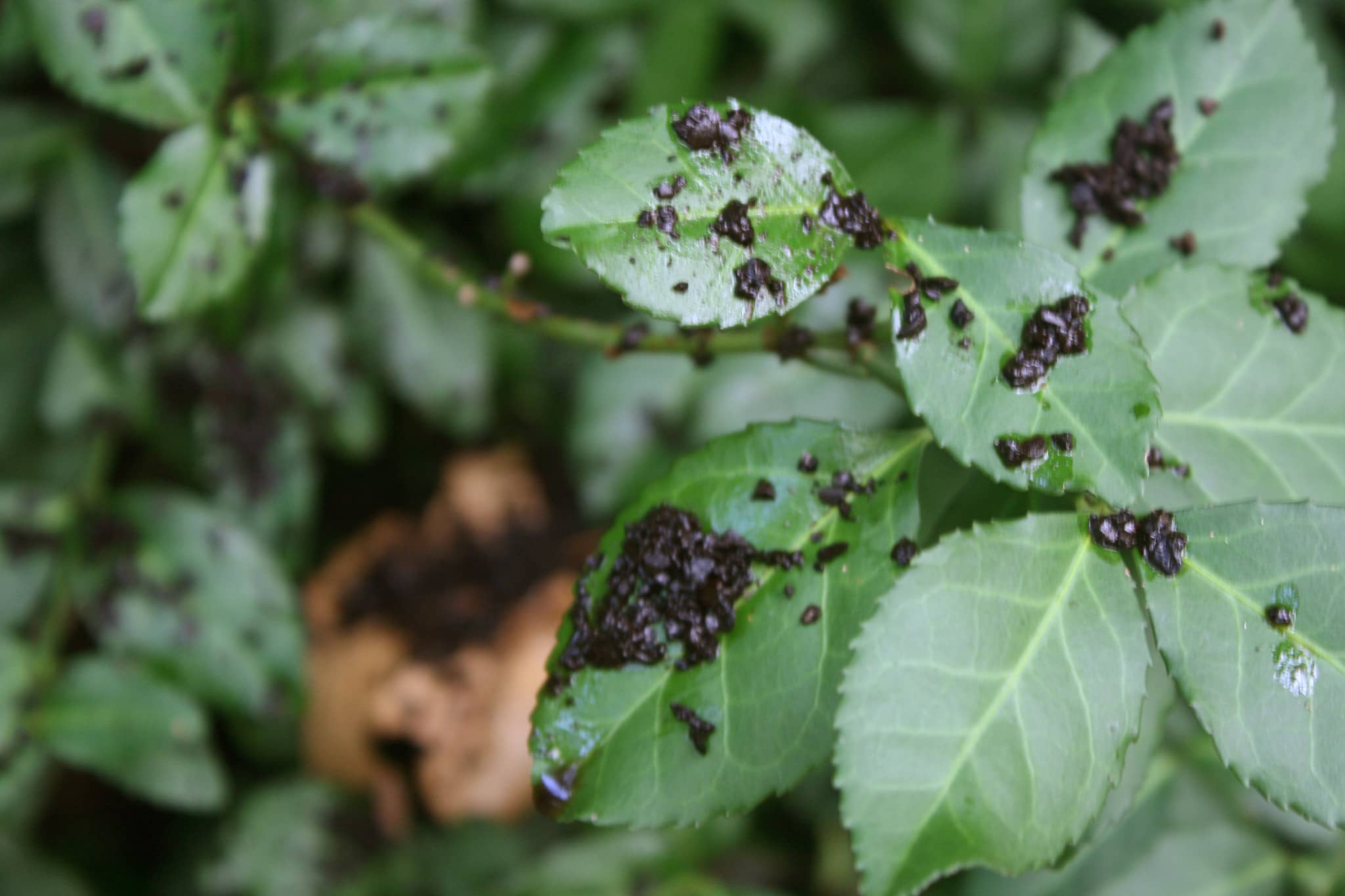

Photo by quinn.anya via Openverse
If you have a collection of unused K-Cups gathering dust, there are several creative and practical ways to repurpose them rather than tossing them in the trash and wasting them. Here are some ideas to make the most of those leftover pods:
Compost the Coffee
If the K-Cups contain coffee grounds, these can be added to a compost pile. Coffee grounds are rich in nitrogen, which is beneficial for compost. I open the K-Cup and sprinkle the grounds onto the garden or mix them with my potting soil in my indoor plants to boost their growth.
Craft Projects
K-Cups can be transformed into tiny plant pots for seedlings, or used for art projects. They can become play cooking pots for kids, containers for small items, or even be decorated and hung as festive ornaments.
Donate Them
If they’re still good to use, consider donating them to local shelters, community centers, or offices where they might be appreciated.
Recycle the Pods
Many K-Cups are now designed to be recyclable. Make sure to check the packaging for recycling instructions. Typically, you’ll need to separate the foil top, filter, and coffee grounds from the plastic cup. The plastic can then be recycled.
This article was written by Sara. You can learn more about Sara on our About Page
